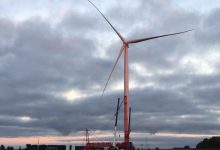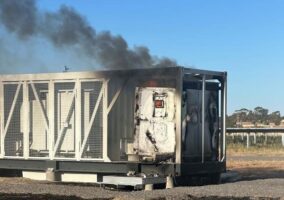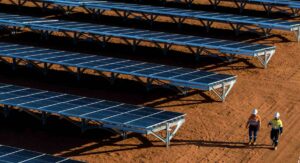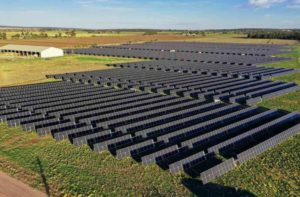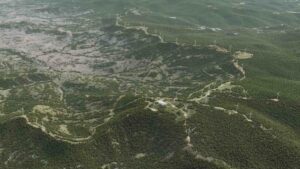A doubling of wind energy capacity on the Victorian grid since 2017 has “significantly displaced” fossil fuel power in the state, a new report has found, and created a unique generation profile that fits particularly well alongside solar – and has been particularly tough on gas.
The research from Cornwall Insight Australia shows that Victoria’s wind farms delivered a daily average contribution of 14% to the generation mix in the state in 2020, which is double wind’s average output of 7% in 2017.
But it is the average daily “shape” that wind energy has taken in Victoria’s generation profile that has impressed Cornwall researchers the most, for its effectiveness in pushing out fossil fuel generation and in complementing the state’s solar power resources.
According to Lumi Adisa, the head of energy market analytics at Cornwall Insight Australia, wind output in Victoria features a unique “afternoon bump,” kicking in as solar starts to come out of the mix and squeezing coal and gas down to a ever smaller share.
From 5pm to 11.30pm, the report shows, gas contributed an average of 5% to the state’s generation mix in 2020, while wind made up 14%. This contrasts with the same time-of-day period in 2017, when wind averaged at 6% against gas at 9%. The overnight average wind contribution in 2020 was slightly higher at 15%.
“Victoria is the only state to show this remarkable shape and have wind contribute more to the generation mix in the afternoons (14%) than in the morning (13%),” said Adisa.
“Overall, wind in Victoria – specifically from western Victoria – has the most complementary market impact to solar in the NEM, making renewables in Victoria particularly impactful.”
Adisa said that the “outstanding shape” wind was taking on the Victorian grid had already played a vital role in replacing the afternoon contribution (23%) from the retired Hazelwood power station and was continuing to further impact thermal generation, most notably gas.
“In 2017, gas and wind equally contributed an average of 8% to the generation mix in the afternoon. Fast forward to 2020, gas has dropped to 3% whilst wind has increased its afternoon share to 14%,” Adisa said.
“These unique trends have fundamental impacts across the broader market through time-of-day pricing, constraints, and arbitrage value throughout the day.”

